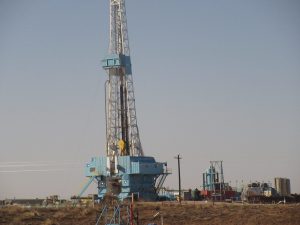
That’s a rare sight these days in Oklahoma. A drilling rig with activity around it.
The latest Baker Hughes Company report indicated Oklahoma had only 17 rigs actively drilling for oil and gas in the past week.
A drive in western Oklahoma reveals the stark reality of the impact of the COVID-19 pandemic—the plunge in demand for gasoline and the resulting drop in oil and gas drilling in the state.
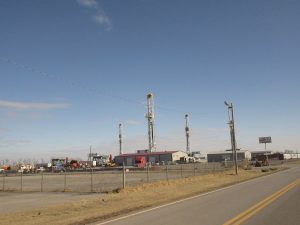
Companies like Tulsa-based Helmerich-Payne have many of their big rigs in storage in Calumet. H&P is considered to be the most active U.S. land contractor, according to its website. The company has rigs located in the major shale plays and oil and gas basins such as the Permian Basin, Eagle Ford Shale and Woodford Shale which covers the entire state of Oklahoma.
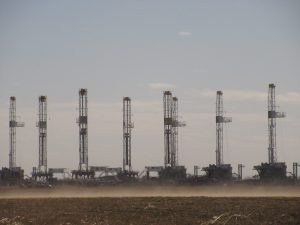
Two separate sites in the Canadian County town where the H&P rigs are simply lone sentinels waiting for a return to increased oilfield activity.
Calumet sits close to the heart of the STACK play, the 3-county region made up of Canadian, Kingfisher and Blaine Counties.
The little town, site to even the STACK bar named after the oil play sees little oilfield activity save for the big trucks that transport oil these days.
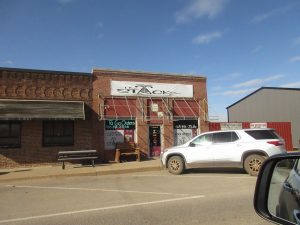
But there are still many signs of a depressed oil and gas industry in the state. Stored oil rigs and parked frac tanks.
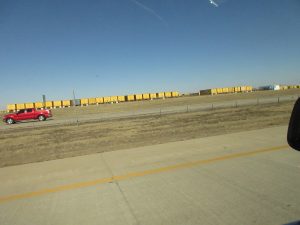
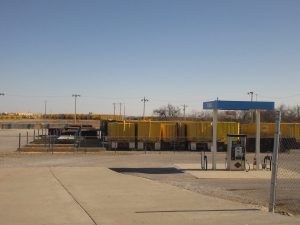
The region is filled with parked trucks, equipment and portable housing.
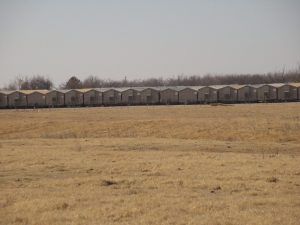
Empty buildings and parking lots.
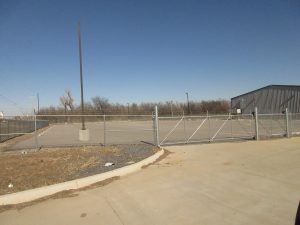
And advertisements to lease empty buildings where once there were employees dealing in the energy business.

Those towns and cities that once were bustling with activity due to oil and gas operations continue to suffer.
The December distribution of sales tax collections by the Oklahoma Tax Commission in October 2020 showed a decrease in disbursements to cities and towns.
The December disbursement was nearly $155 million in sales tax collections, a decrease of $4.8 million from the $159 million distributed to the cities and towns in December of 2019.





